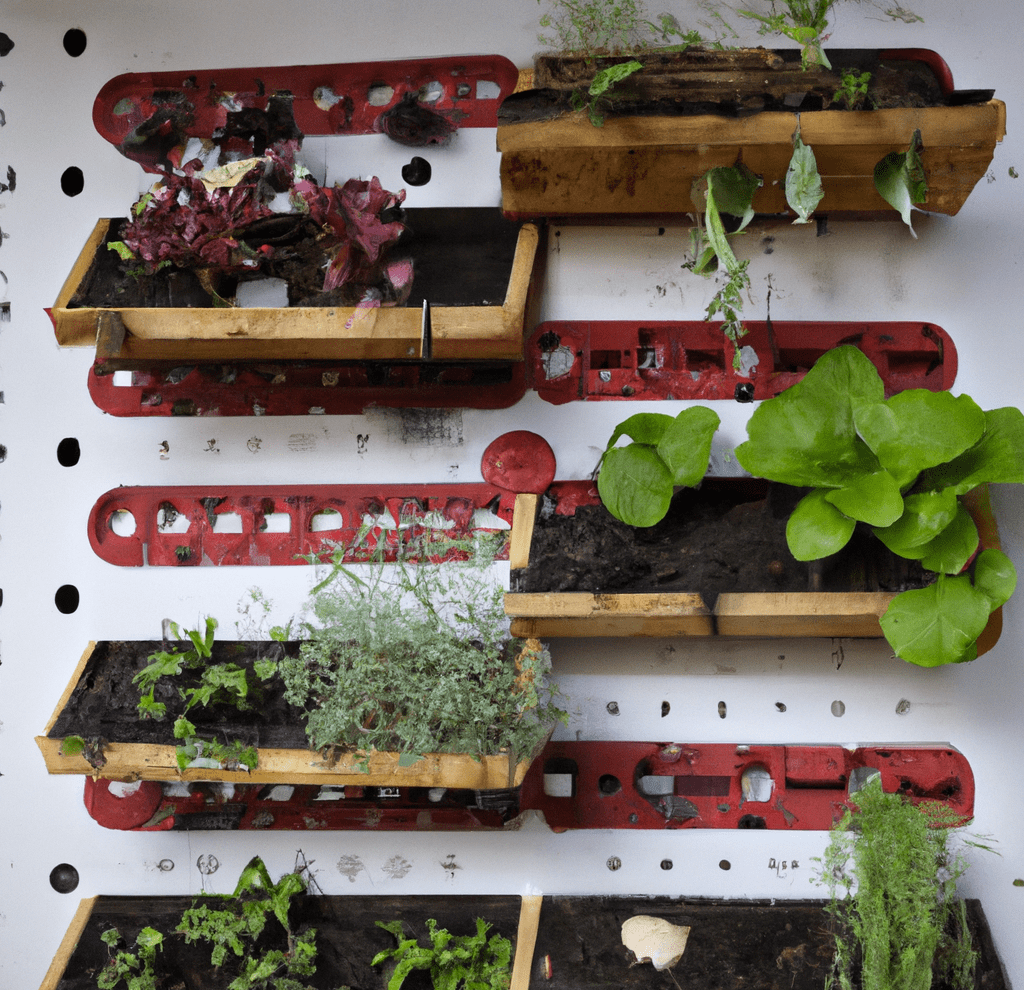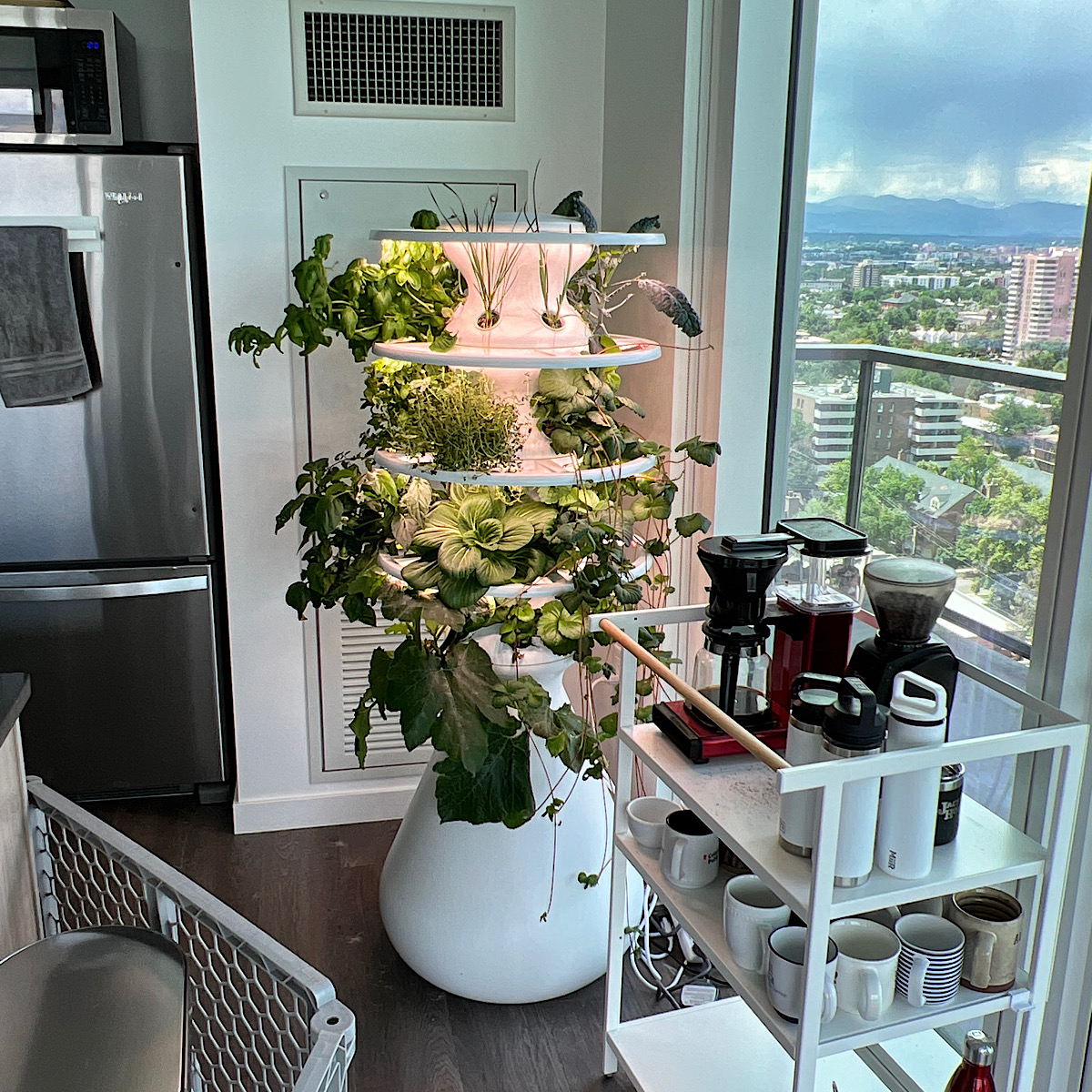How to Choose the Best Vertical Garden Plants for Beginners

Are you ready to transform your dull walls into a lush, living canvas? Vertical gardening is a fantastic way to bring nature into your home or maximize small outdoor spaces. But where do you start? Choosing the best vertical garden plants for beginners can seem daunting, but with the right guidance, you can create a thriving green oasis. Let's dive in and explore the world of vertical gardening!
Understanding Vertical Gardening
Vertical gardening is the practice of growing plants on a vertical surface, such as a wall or a trellis. It's a fantastic solution for urban dwellers with limited space or those looking to add a touch of greenery to their indoor environments. But what makes a plant suitable for vertical gardening? The best plants for vertical gardens are typically low-maintenance, compact, and have a shallow root system.
Key Factors to Consider
Light Requirements
One of the first things to consider is the amount of light your vertical garden will receive. Different plants have different light requirements, so it's crucial to choose plants that will thrive in your specific conditions. For example, if your vertical garden is indoors, you might want to opt for low-light plants like pothos or philodendrons.
Water Needs
Watering can be a bit tricky with vertical gardens. You want plants that don't require constant watering but also won't wilt if they miss a drink. Succulents and air plants are excellent choices for their low water needs.
Growth Habits
The growth habits of your plants are also important. Vining plants like ivy or climbing roses can add a beautiful cascading effect, while compact plants like herbs can create a dense, lush look.
Best Vertical Garden Plants for Beginners
Indoor Vertical Garden Plants
Pothos (Epipremnum aureum)
Pothos is a classic choice for indoor vertical gardens. It's incredibly low-maintenance and can thrive in low-light conditions. Its trailing vines can grow up to 10 feet long, making it perfect for covering large areas.
Philodendron (Philodendron spp.)
Philodendrons are another excellent option for indoor vertical gardens. They come in a variety of shapes and sizes, and many can tolerate low-light conditions. Their heart-shaped leaves add a touch of elegance to any space.
Outdoor Vertical Garden Plants
Boston Ivy (Parthenocissus tricuspidata)
Boston ivy is a vigorous climber that can quickly cover walls and trellises. It's known for its beautiful fall foliage, which turns a stunning shade of red. It's a great choice for adding a pop of color to your outdoor space.
Climbing Roses (Rosa spp.)
Climbing roses are a classic choice for vertical gardens. They come in a variety of colors and can add a touch of romance to any space. Just make sure to choose a variety that's suitable for your climate.
Vertical Gardening Tips for Beginners
Choose the Right Structure
The structure of your vertical garden is just as important as the plants you choose. There are many options available, from wall-mounted planters to trellises and hanging pockets. Choose a structure that fits your space and your plants' needs.
Start Small
It's easy to get carried away with the excitement of starting a vertical garden, but it's best to start small. Choose a few beginner-friendly plants and get comfortable with their care before expanding your garden.
Monitor and Adjust
Vertical gardens require regular monitoring. Keep an eye on your plants' growth and adjust their care as needed. Don't be afraid to prune or replace plants that aren't thriving.
Conclusion
Choosing the best vertical garden plants for beginners doesn't have to be overwhelming. By considering factors like light requirements, water needs, and growth habits, you can create a thriving green oasis that's both beautiful and low-maintenance. Remember, vertical gardening is a journey. Start small, monitor your plants, and don't be afraid to make adjustments along the way.

FAQs
What are the best plants for a vertical garden indoors?
The best plants for an indoor vertical garden are typically low-light, low-maintenance plants like pothos, philodendrons, and ferns. These plants can thrive in a variety of conditions and require minimal care.
How do I water a vertical garden?
Watering a vertical garden can be a bit tricky. It's best to water from the top and allow the water to trickle down. Make sure your plants have good drainage to prevent root rot. Some vertical garden systems come with built-in irrigation, which can make watering easier.
Can I grow vegetables in a vertical garden?
Yes, you can grow vegetables in a vertical garden! Many vegetables, like lettuce, spinach, and herbs, are well-suited to vertical gardening. Just make sure to choose a structure that can support the weight of your plants.
How do I choose the right structure for my vertical garden?
The right structure for your vertical garden depends on your space and your plants' needs. Wall-mounted planters are great for small spaces, while trellises and hanging pockets can accommodate larger plants. Consider the weight of your plants and the amount of space you have available.
What are some common mistakes to avoid in vertical gardening?
Some common mistakes in vertical gardening include overwatering, choosing the wrong plants for your conditions, and not providing enough support for your plants. It's also important to monitor your plants regularly and adjust their care as needed.

With these tips and insights, you're well on your way to creating a beautiful and thriving vertical garden. Happy gardening!
0 Response to "How to Choose the Best Vertical Garden Plants for Beginners"
Post a Comment